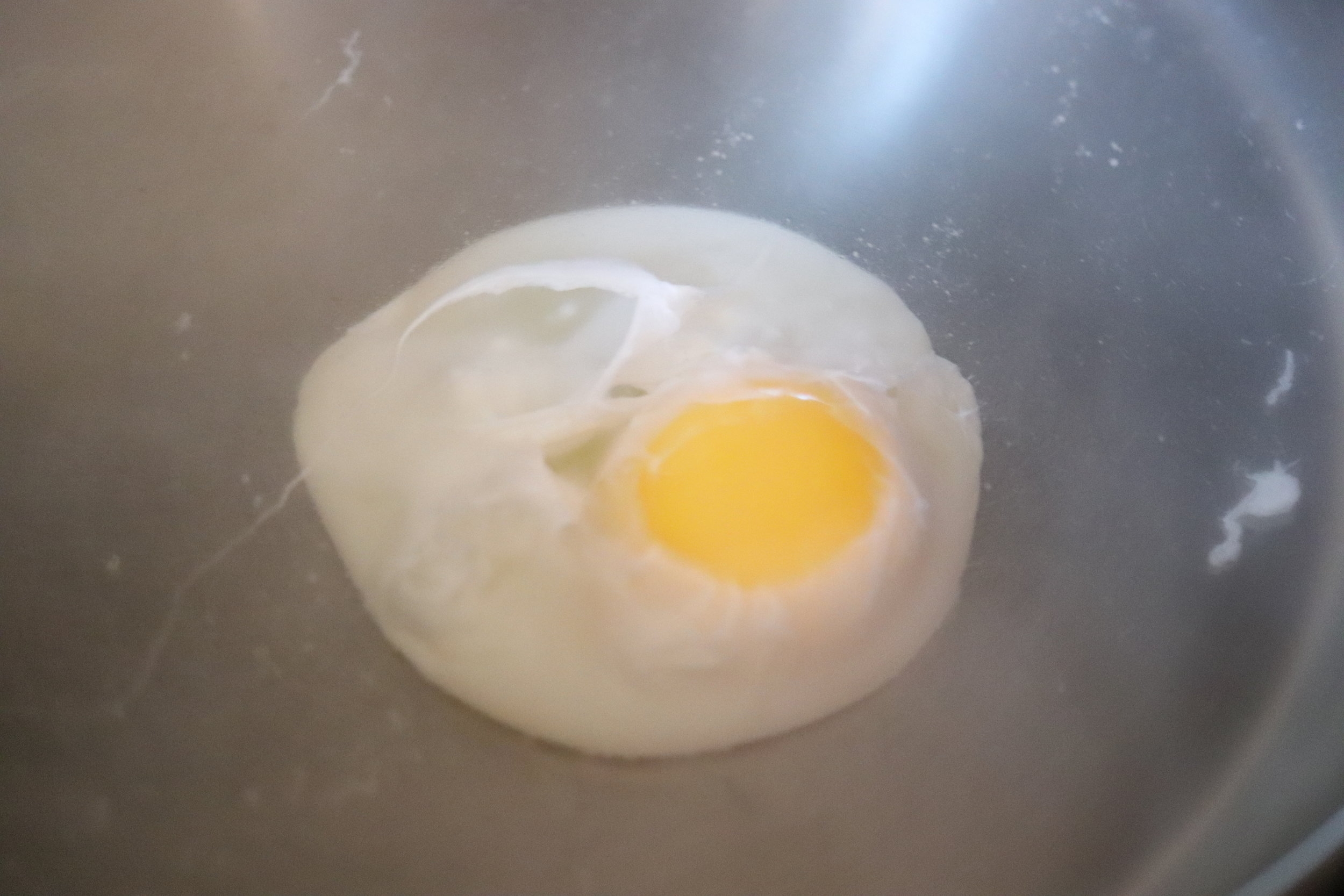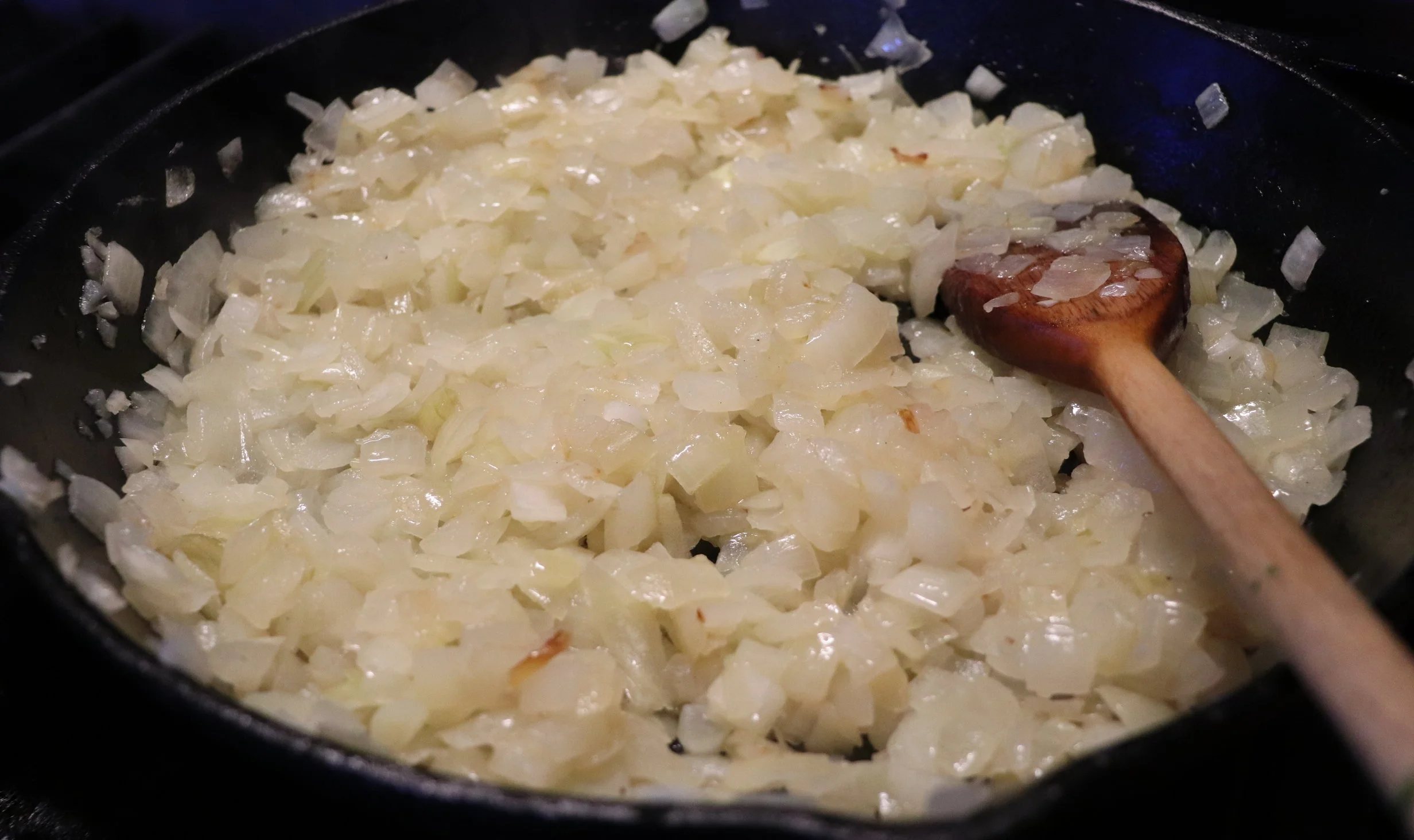Poached Eggs
Poached eggs serve two distinct functions for me. Most obviously, I like to serve them on top of other food items, from a piece of toast to a salad. But in recipes that traditionally call for raw egg yolks (i.e. Caesar salad dressing, mayonnaise, and an occasional chocolate frosting recipe), poached eggs are also useful.
Poached Eggs
In order to keep the whites intact, an acid (vinegar) is necessary during the poaching process. I use a generous amount of vinegar if I plan on using my eggs in mayonnaise or a salad dressing, but otherwise I only use ~1 tablespoon (0.5 ounce or 14 grams). The water should never boil when poaching eggs, so I turn the heat off just before I add my eggs, allowing them to cook with the residual heat. Don't try to poach too many eggs at once because 1) the water will cool off too much, and 2) the risk of yolk breakage increases. Six is a challenge, but four is a comfortable limit for me.
1-2 tablespoons (0.5 - 1 ounce or 14-28 grams) vinegar
egg(s)
kosher salt
Fill a shallow pan with water and bring it to a boil. Add vinegar and salt. Break the egg into a small dish. (Note: if presentation is important, strain out the feathery part of the white first; otherwise, strands will form and upset the neatness of your final product. But I skip this step if I plan to blend my egg immediately after poaching it.)
Once the water is at a rolling boil, turn off the heat and carefully slide the egg into the water (no, I don't swirl the water first; I've never found that to be effective). Quickly cover the pan with a lid in order to retain as much heat as possible. Set the timer. Note that the time will vary depending on 1) the number of eggs (more eggs cool down the water), 2) the temperature of the eggs (room temperature yolks break more easily, so I prefer using cool eggs), and 3) the size of the eggs. ~3 minutes usually works well for me, but wait another 30 seconds if the egg still seems undercooked at that point. After 2 minutes, I uncover the pan and gently flip the egg with a slotted spoon. This ensures that both sides of the egg cook evenly. When done, remove the poached egg with a slotted spoon and gently lay it on a paper towel in order to absorb the excess water.






